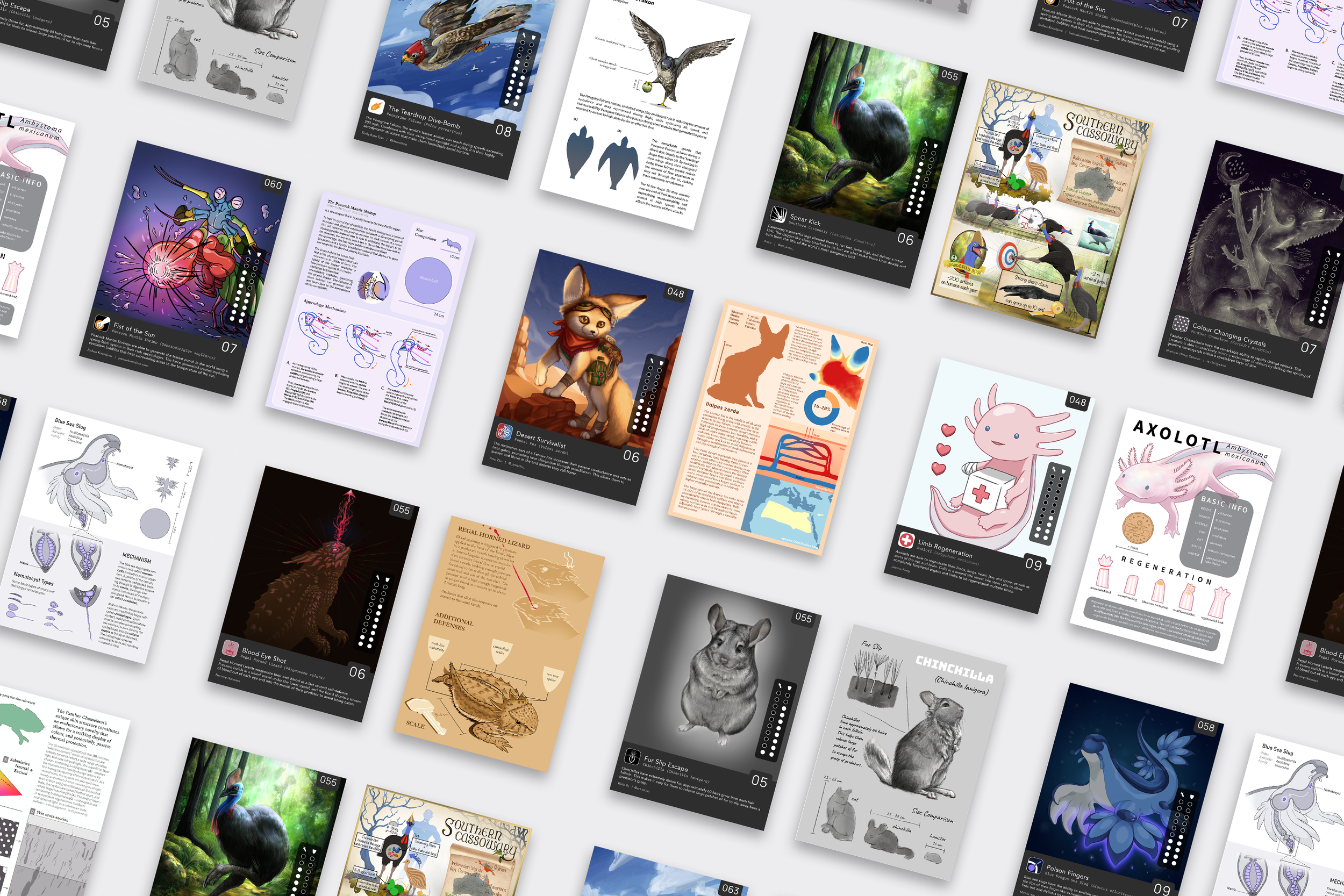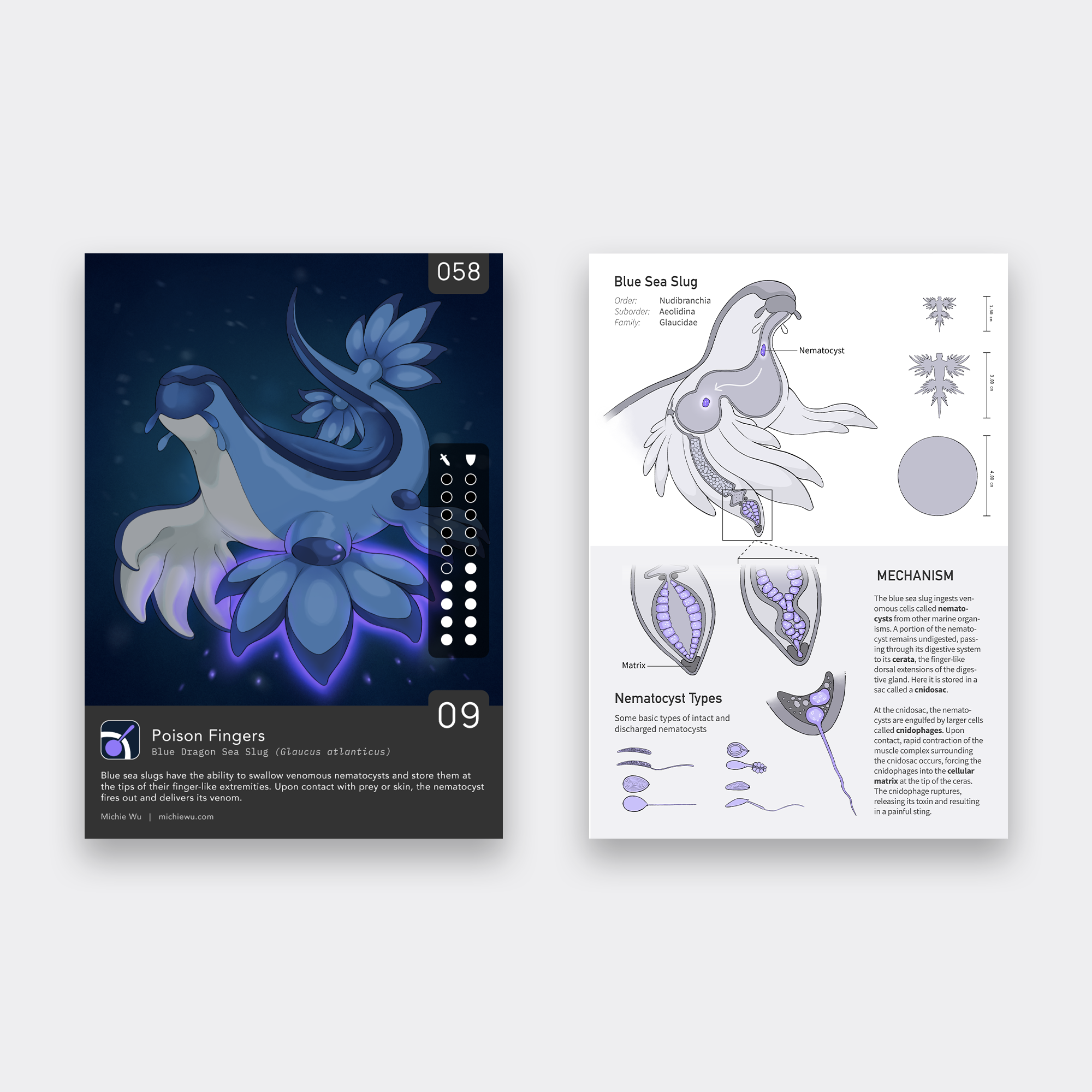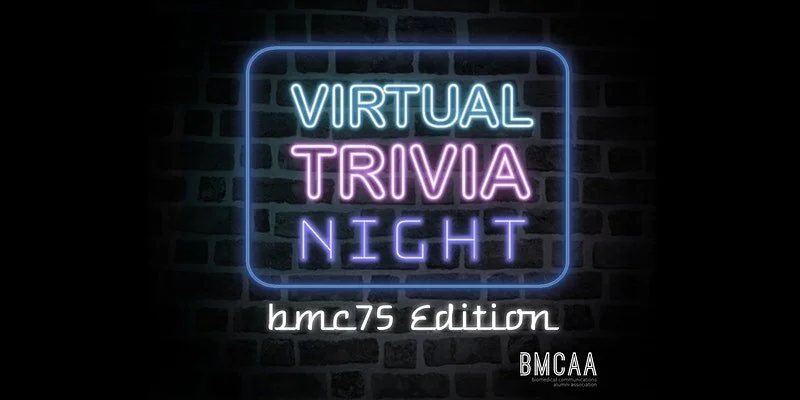Brittany Cheung, a 2021 graduate of the Master of Science in Biomedical Communications program, created the short animated film The Impacts of Road Salts on Freshwater Ecosystems to communicate to the public important research findings about the effect of road salts on aquatic ecosystems.
The animation was inspired by and uses research from Associate Professor Shannon McCauley's lab in the Department of Biology at the University of Toronto Mississauga. Among other things, McCauley studies the carryover effects of high salinity on dragonfly larvae.
Brittany Cheung, MScBMC 2021
Cheung, who also holds a B.Sc. in ecology and evolutionary biology, says that road salts are not commonly thought of as a pollutant. "But when road salts are washed into our freshwater ecosystems, the increased salinity leads to less healthy ecosystems that are biased towards salt-tolerant species," says Cheung.
The animation informs a general audience about the impact of road salts on freshwater ecosystems. It encourages pro-environmental behaviour by cultivating appreciation of, and empathy for, freshwater ecosystems and their denizens. The animation also encourages hope and self-efficacy–rather than fear–and presents practical individual solutions, as well as collective ones.
~
Links referenced in story:
Brittany Cheung's website https://www.bcheungbiomedicalillustration.com/
Link to animated film: https://vimeo.com/589890589
Shannon McCauley's website: http://www.shannonjmccauley.com/





























